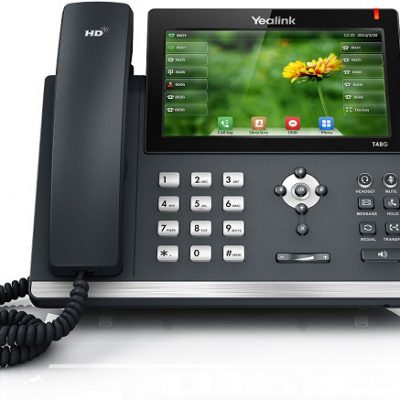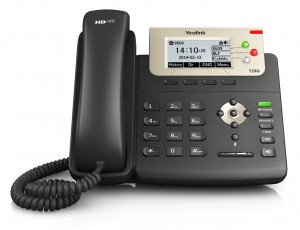Suggestions backed by research have a better chance of helping you succeed.
Another day, another infographic featuring hacks that’ll turn you into a productivity superhero. And frankly, your boss is beginning to wonder about the cape. There doesn’t seem to be any end to suggestions, but which ones give you the best bang for the buck?
Let’s be honest: they’re probably all good ideas. But as the TV commercial disclaimer always says, “actual mileage may vary.” The trick is to figure out which ones will work best for you, and the key is to start with hacks that have statistical science behind them. Start with these three productivity hacks backed by people who have titles behind their names.
1. Think small
Amazon’s Jeff Bezos knows a thing or two about productivity, and he’s got billions of dollars to back up his hacks. Bezos is a huge fan of keeping his people productive by limiting the size of project groups. He calls it his “2-Pizza Rule.” If you can’t feed the team with 2 pizzas, it’s too big.
Science backs him up. A 2010 study validated the concept of what’s known as “social loafing.” Large groups stifle creativity because there are more people for you to compare yourself to. The group averages itself out. Everyone realizes they only need to perform as well as the common denominator.
Your takeaway: Keep your teams small if you want to be productive. You’ll do less comparing, and more work.
2. Take frequent breaks
You were not meant to work all day without breaks. You’ll decrease your productivity. Your brain runs on what’s known as the ultradian rhythm. This has been identified and measured in countless medical studies.
Your energy is at its peak at the height of the ultradian rhythm cycle—about 60 minutes in. Your muscle tension is at its lowest level, as are key stress hormone levels. Your brain activity is at its highest. After that point, brain activity starts to decline, while muscle tension and stress hormone levels increase.
At about 90 to 120 minutes, your body will give you physical signs that you’ve reached the bottom of your ultradian rhythm cycle. You’re familiar with those signals. You start to yawn and feel the need to stretch. You might get a sudden hankering for a snack. You’ll lose concentration, and your desire to procrastinate will skyrocket. Your body is telling you that it and your brain need a recovery period.
Desktime is an app used by over 16,000 companies worldwide to track and increase productivity. A recent study of app user data found that optimal productivity in the ultradian rhythm is a work period of 52 minutes, followed by a break for 17 minutes.
Another study following elite musicians, athletes, and actors found that they usually practiced—or worked—in sessions that lasted no longer than 90 minutes. Surprisingly, these highly productive people seldom worked for more than 4.5 hours each day. Their focus was high concentration and practice that pushed them beyond their comfort zone, followed by the reward of rest and recovery.
Your takeaway: Work in high-focus sprints, and then take a break. Start with an hour. Chill for 20 minutes. Go again.
3. Stop multitasking!
Author John Medina has a powerful explanation of the myth of multitasking in his best-selling book Brain Rules. Humans, he says, are incapable of multitasking. What they’re actually doing is what he calls “switch tasking.”
Each time you switch focus, your brain must go through more cognitive steps to refocus on the next subject. He cites studies which show it can take up to 50% longer to complete a task this way. You can also make up to 4 times more mistakes than those who stay focused on a single task.
Your takeaway: Just say no.
There you go: Three productivity hacks, all of which are backed by scientific studies. Two of them are easy to carry out by yourself. One of them will help you when you interact with coworkers.
You can start all of them today, but think about getting that superhero cape to the drycleaner first.
And if you’re looking for reliable, less-expensive communications, give us a few minutes of your time. Review our list of services and contact us through our online form to see exactly how much you can save by moving to VOIP.






